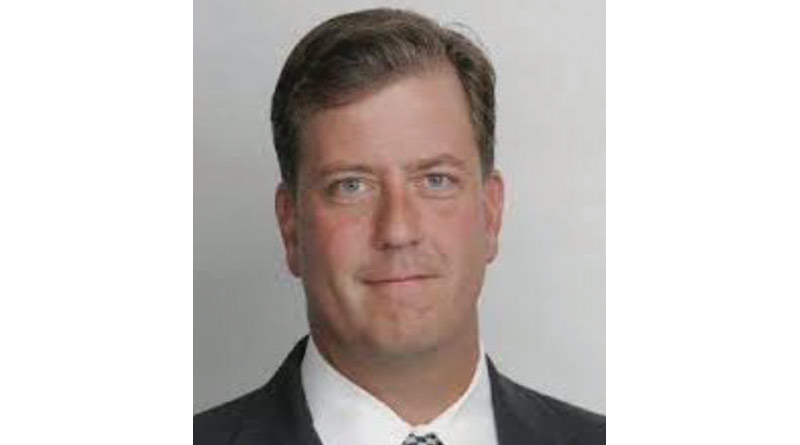How To Attract More Workers Into Social Care By Overcoming Language Barriers
By Joe Miller, Pocketalk general manager of the Americas and Europe (https://uk.pocketalk.com)
It’s no secret that the UK’s social care sector desperately needs to attract more staff. According to a recent report from Skills for Care job vacancies have increased by 55,000 (52%), the highest level ever recorded.
There are around 165,000 vacancies across social care. When this number is added to the reported 132,000 vacancies in the NHS, it means the UK health and social sector needs to recruit a workforce the size of Newcastle.
At the same time, the number of ‘filled’ roles has dropped by around 3%, equating to 50,000, between 2020/21 and 2021/22.
In a social care system that is already struggling because of the impact of Covid and Brexit, the shortage in the workforce is so severe that according to the Care Quality Commission (CQC) it is now getting “tougher and tougher” to access care.
As the care sector faces breaking point, language barriers must be addressed to help fill vacancies and improve the level of care on the frontline in major cities.
Accessing a pool of talent
Around one in ten people don’t speak English as their first language, while in large urban areas like London more than 20% of the population speak English as a second language. By breaking down language barriers it could unlock a huge pool of workers to the care sector. Effective communications solutions need to be adopted to reach the growing numbers of people who speak English as an additional language.
Greater need in larger cities
Communicating within teams and with some care home residents can already be challenging depending on their health issues. When you add another barrier of English not being many carers’ first language, communicating can become extremely difficult. Language barriers can lead to a delay in care, confusion in care delivery and also make it difficult to communicate with the patient’s loved ones.
The growing number of current and potential workers, and patients with limited English proficiency is concentrated around large urban areas, which means the need for language support is already acute in large cities like London, Birmingham and Manchester.
Barriers created by language in healthcare can mean patients and their loved ones are initially unable to explain their symptoms, medical history, etc. Also, they may not clearly understand what care and medical staff are telling them.
Time lost in translation
Research conducted by Pocketalk shows that more than a third of healthcare workers agreed that language barriers make it more difficult to assess a patient’s needs. The research also showed that healthcare workers are losing around half a working day every week – four and a half hours – overcoming communication challenges.
There is an undeniable need for interpreters, but this comes with costs and is not always quick to implement. Although social care providers can use interpreters, they must rely on the availability of one when needed and ensure consistent quality of translation to build and maintain trust and understanding.
Cultural beliefs must also be considered, and social care workers may often find that patients rely on their family members and friends to act as interpreters. However, this can present a number of problems.
Technological solutions
The right technology can help massively. That’s why last year the UK government announced an extra £5.9bn investment into healthcare, £2.1bn of which will go on improving IT and digital technology within the NHS. Today there are a number of tech translation solutions available that can take away some of these pain points. Each different translation option comes with its advantages and disadvantages.
While Google Translate is a solution that can provide instant translation between patient and carer, the effectiveness of the translations isn’t consistent across all languages. Alternatively, real-time language digital translation devices instantly translate a large number of languages, but they do need WiFi, mobile data or a hotspot. Also, GDPR is a requirement when seeking such devices.
Ultimately, social care providers must use a combination of bilingual people and translation technology to attract more staff who speak EAL and overcome communication barriers. Not only can this help ease staff shortages, but it can also help to improve clinical outcomes for patients.

